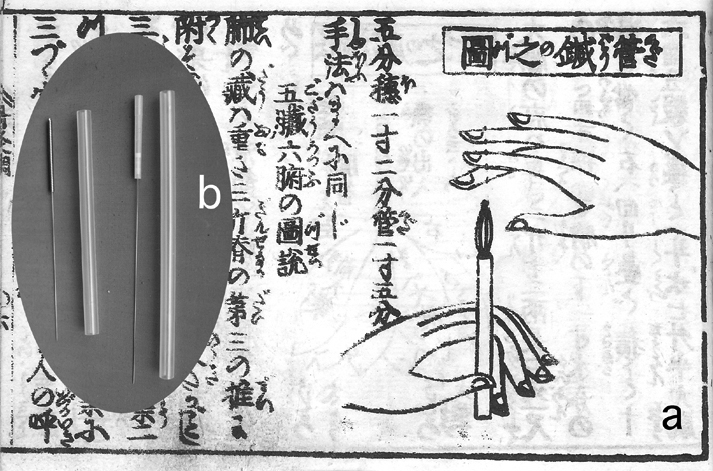
Credit: Getty Images: Six months post-treatment, the study found that about 25% of people who learned self-hypnosis reported clinically meaningful improvements in pain intensity.
Adults who pursued pain relief through mindfulness-focused meditation and hypnosis had better long-term effects than those who received education in pain management, according to one of the largest studies of its kind on nonpharmaceutical pain control and relief.
The findings of this joint UW Medicine/Veterans Affairs Puget Sound Health Care System study were published in the medical journal Pain. The researchers tested the effects of two nonpharmaceutical pain interventions against an educational (control) protocol in a population of military veterans who received care from the VA between 2015 and 2020. Participants had experienced chronic pain not related to cancer for at least three months.
“For many years, I noticed that patients with chronic pain were only offered pain medications. But even with so-called painkillers, these patients continued to experience significant pain, but now also with side effects of the medications. I thought there had to be a better way,” said senior author Mark Jensen, professor of rehabilitation medicine at the University of Washington School of Medicine.
Research estimates that about 19% of adults in the United States deal with chronic pain, and as many as 65% of veterans experience pain.
At the study’s outset, the 328 participants reported moderate or worse pain. Many also had depression, post-traumatic stress disorder and sleep disturbance. They comprised a very diverse population for a clinical trial of pain treatments, said lead author Rhonda Williams. She is a UW professor of rehabilitation medicine and a clinician scientist at VA Puget Sound Health Care System.
“We wanted to see which of the interventions led to the most improvement in pain intensity, pain interference, anxiety, depression, sleep, opioid medication use, and global perceptions of change,” said Williams.
All three interventions were associated with improvements, to varying degrees, across multiple outcome measures. What surprised Williams was how enthusiastic the veterans were to receive the treatments, even after the study concluded.
“While it’s normally hard to keep participants engaged in clinical research trials, this study had very high rates of retention,” she said. The VA is continuing to offer the test treatments and more than 200 veterans have pursued these outside of the study.
By six months post-treatment, clinically meaningful improvements in pain intensity were reported by:
- About 25% of people who had learned self-hypnosis.
- About 22% of those who received training in mindfulness meditation.
- About 9% of those who received pain education.
Participants in all three study cohorts experienced improvements in pain intensity, pain interference, and mood at the end of treatment, but the maintenance of benefits differed by treatment. Participation in mindful meditation resulted in greater decreases in average pain intensity and pain interference, relative to education, at six months post-treatment. Participation in hypnosis resulted in greater decreases in average pain intensity, pain interference, and depressive symptoms at three and six months post-treatment, compared with the educational cohort, the report stated.
No significant differences between hypnosis and mindful meditation were seen in any outcome measures. Findings show that all three interventions provide post-treatment benefits over a range of outcomes, but the benefits of hypnosis and mindful meditation appeared more likely to persist, while the improvements associated with pain education seemed to dissipate over time, the study noted.
Williams and Jensen observed that some individuals appear to benefit more from specific treatments. They said one next research step would be to try to match individuals to the treatment more likely to provide benefit.

